on now until july 30, 2011

'breaking the bottle' by mark reigelman at heller gallery
all images courtesy of mark reigelman
brooklyn-based artist mark reigelman has created 'breaking the bottle,' a site-specific installation on display at new york city's heller gallery.
taking cues from the handmade glass defenses found on fences and rooftops worldwide, this work encrusts twelve household objects, including chairs, lamps, and a bearskin rug, in protective layers of broken shards.
the collection is placed on a pedestal with dimensions matching the artist's childhood living room, arranged to suggest a familiar domestic landscape.
however, the green color and crystalline surface texture evoke clipped, performative topiaries of the outdoors:
the innate danger and hostility of glass shards make them useful barriers, but they also greatly isolate the objects contained within.
reigleman's abrasive integration of this material in a typically comforting interior subverts expectations to examine increasingly blurred distinctions between public and private domain.

the objects' functionality is maintained, such as the lamp's illumination and the mirror's reflective properties, to convey a familiar scene

installation view



all objects are true to scale




photo studio installation process

photo studio installation process

glass covering in progress
integrating reigelman's background in both sculpture and industrial design, the systematic process of 'breaking the bottle' took three months to complete.
each object is composed of about 40 layers of glass shards, and the installation altogether uses over 1,000 pounds of 100% recycled glass and 20 gallons of adhesive epoxy resin.

glass covering in progress

glass covering in progress
 'bike sauna' by H3T architects
'bike sauna' by H3T architects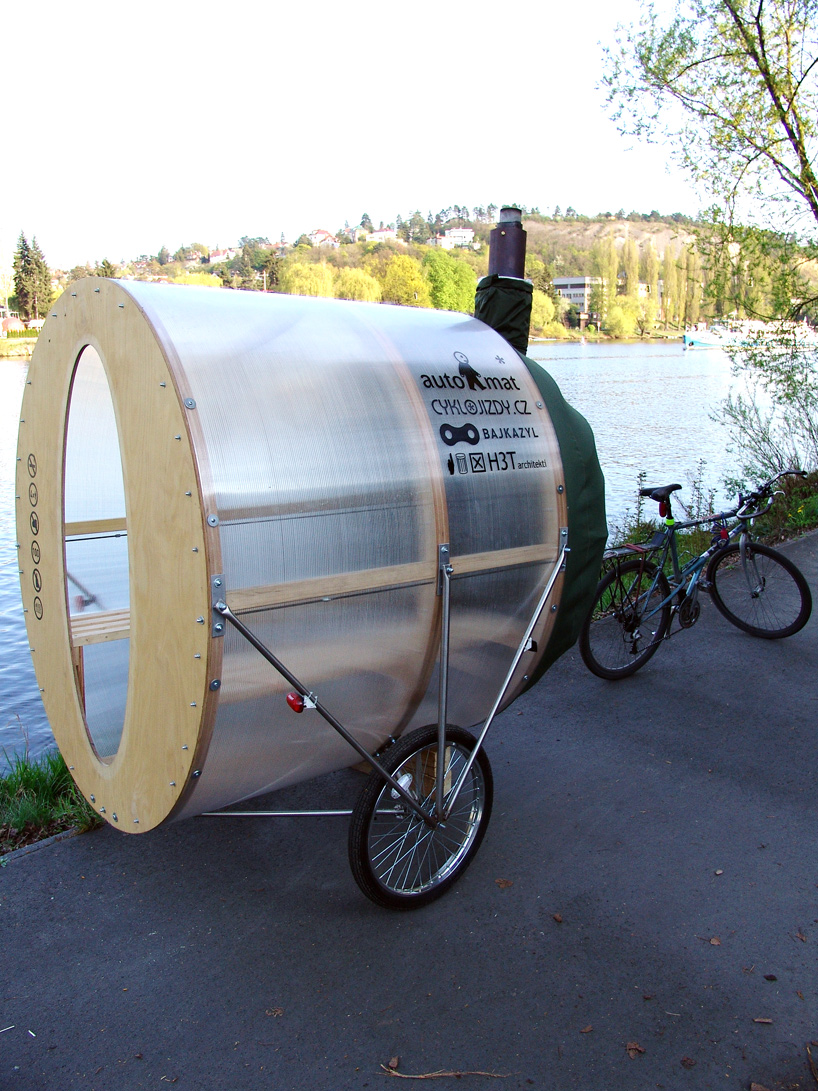
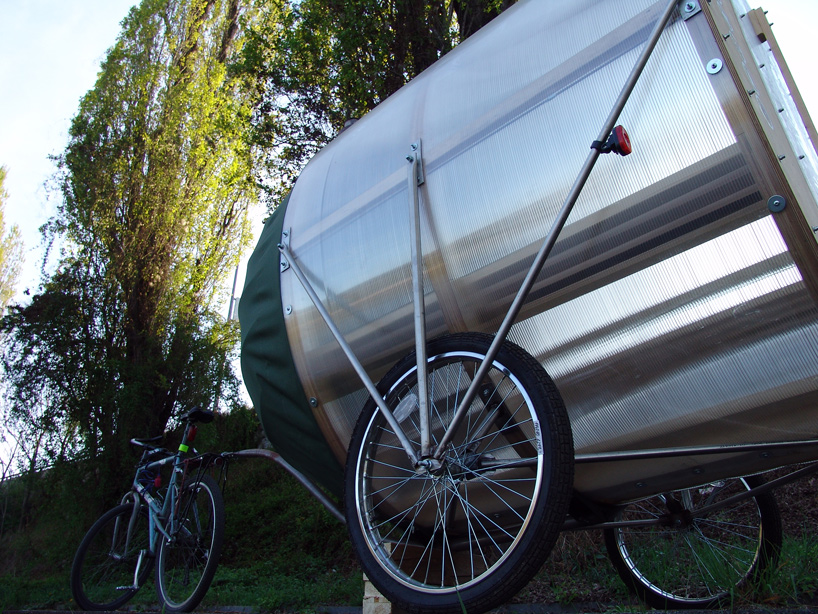

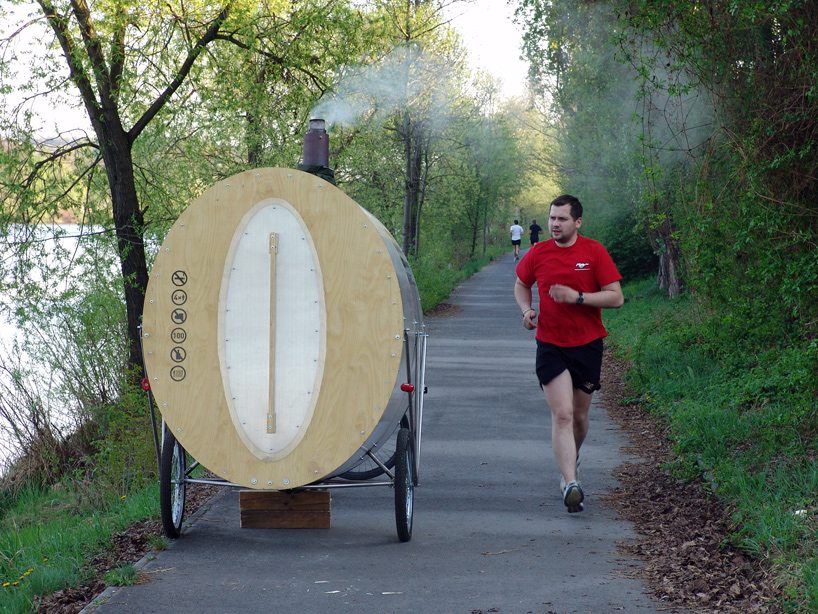
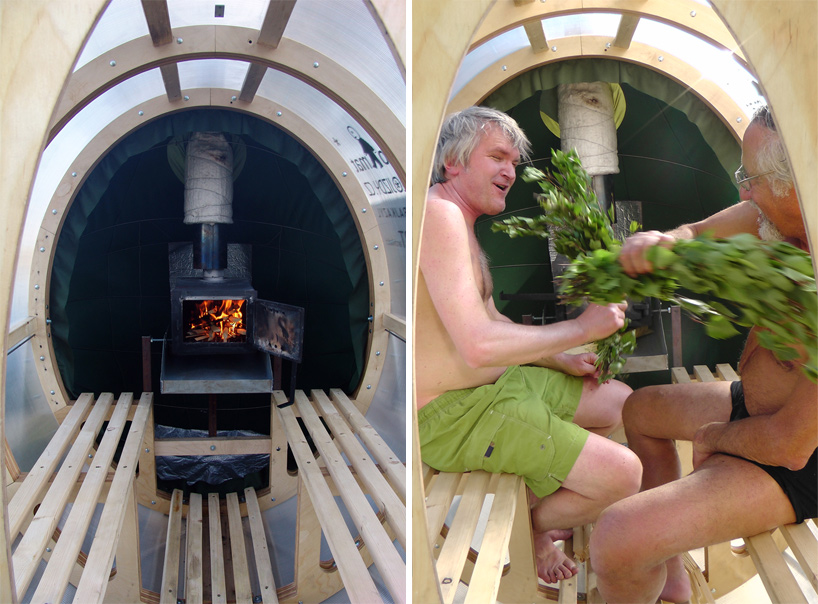

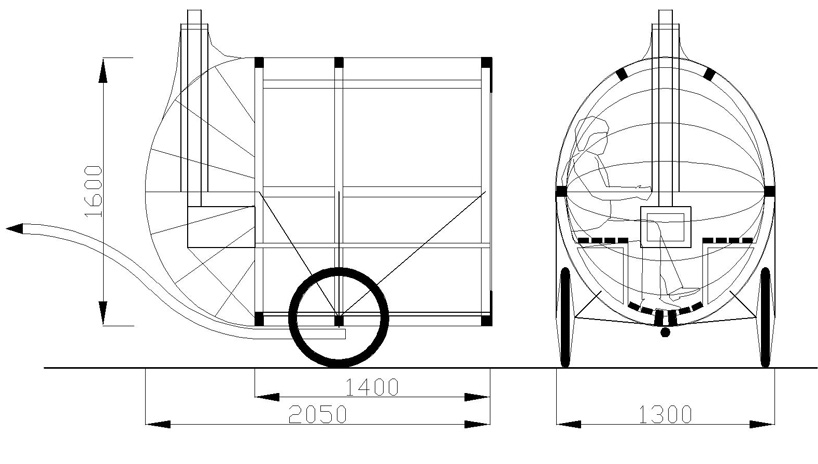






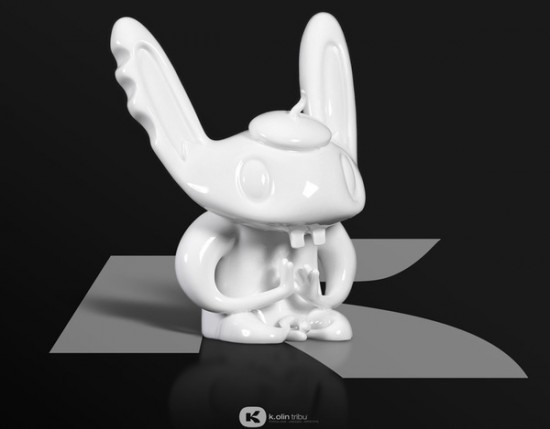

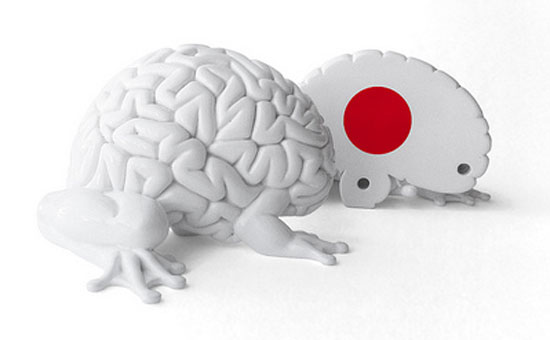
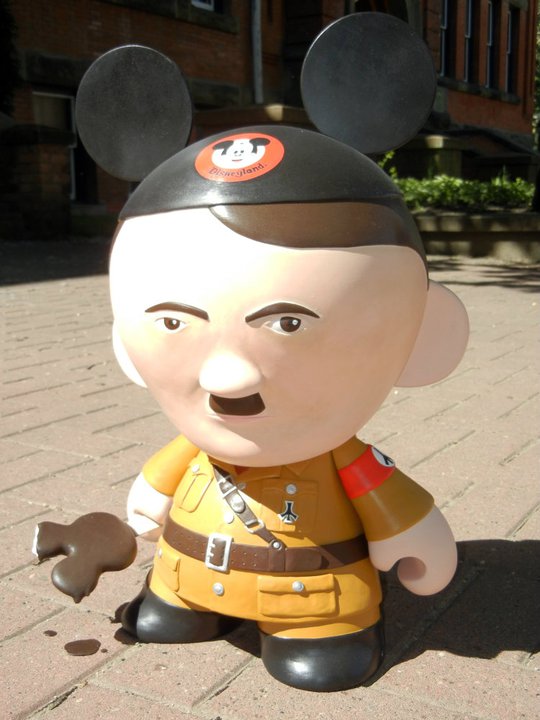
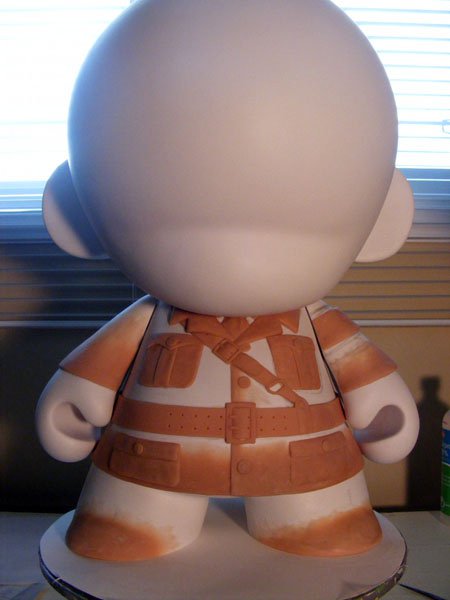

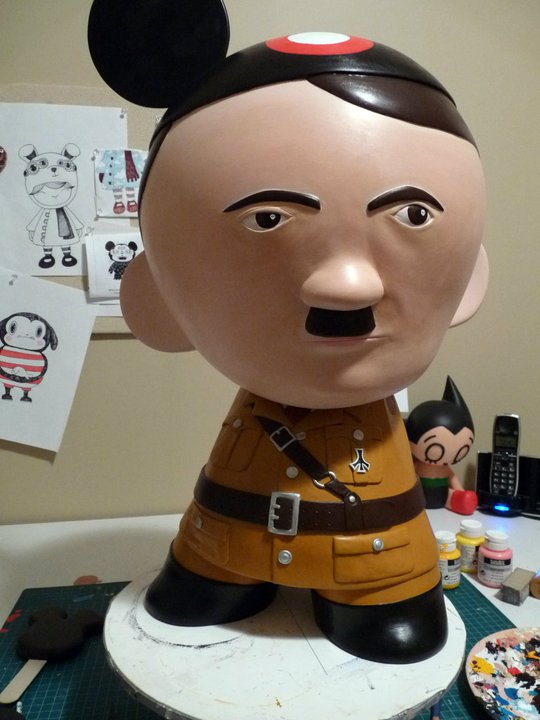

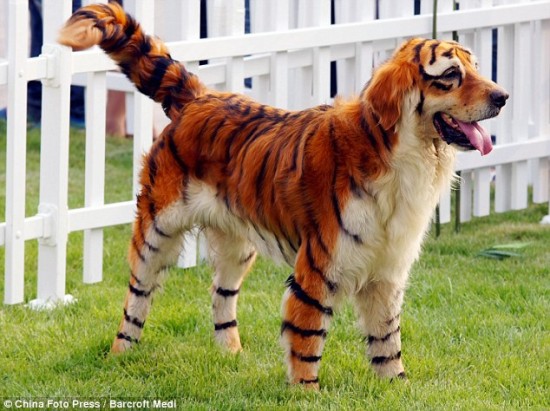









 counter clockwise from top left: jean-marie massaud in discussion with design critic and curator cristina morozzi, who graciously translated his presentation from french to italian;
counter clockwise from top left: jean-marie massaud in discussion with design critic and curator cristina morozzi, who graciously translated his presentation from french to italian;























